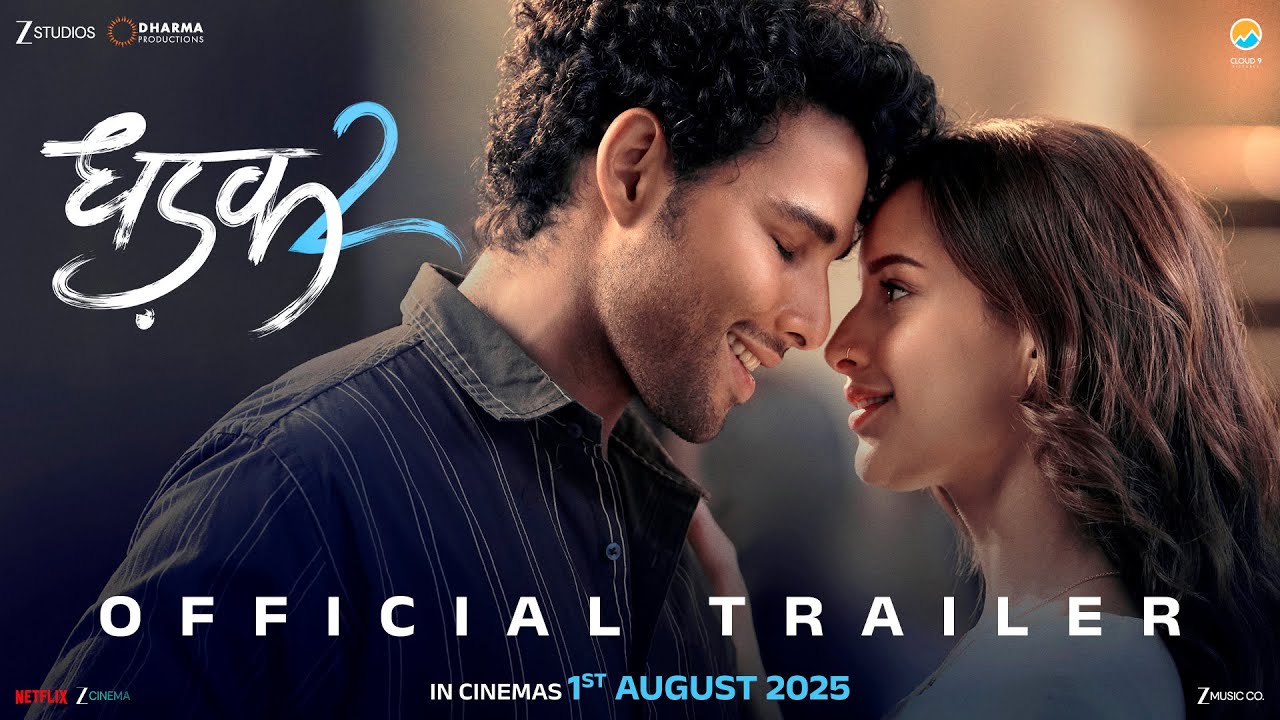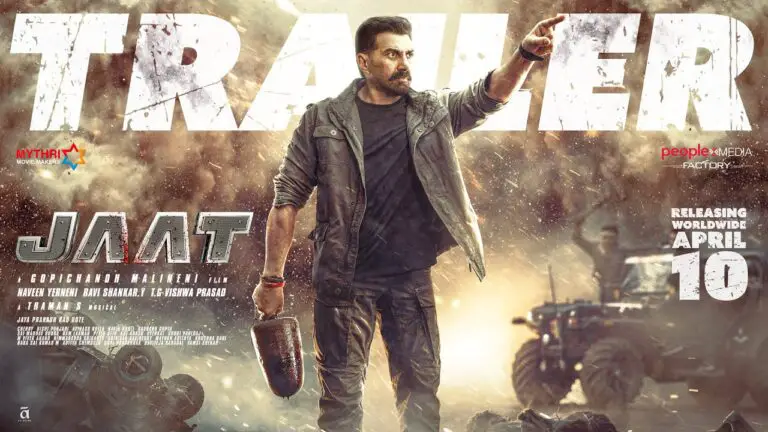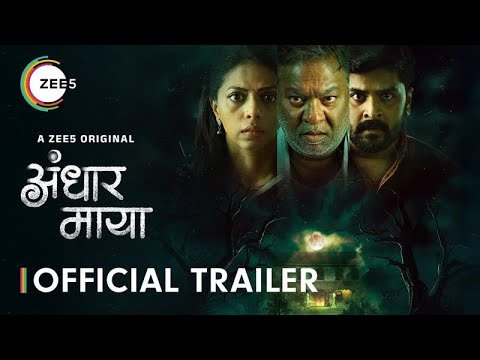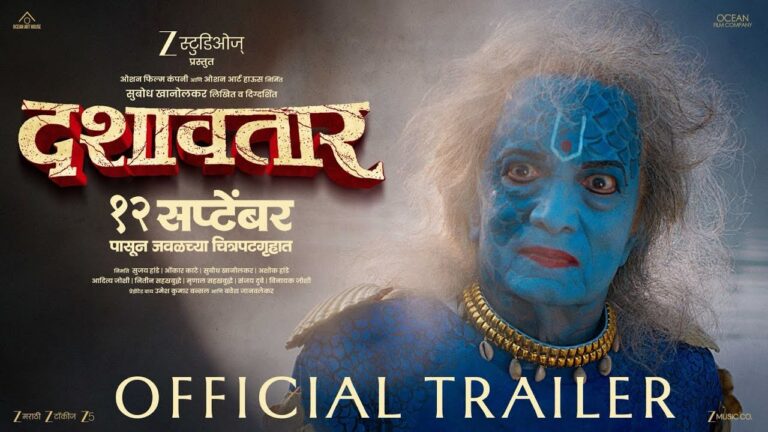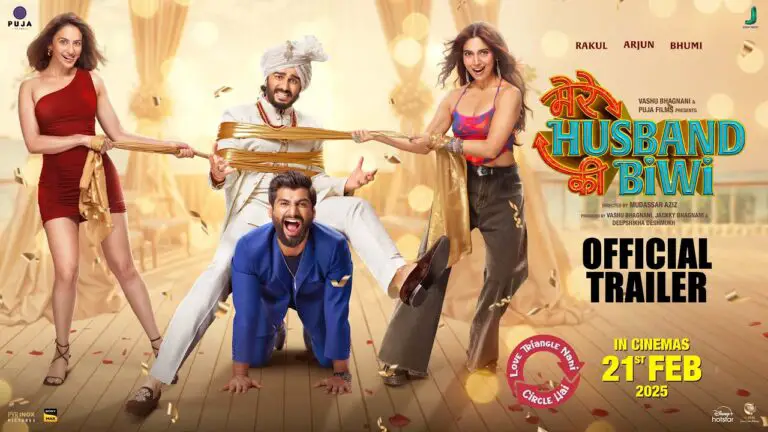Dhadak 2 Movie 2025 Bapamtv Review Details
Dhadak 2 (2025) Movie Review – Director’s Vision and Style
Introduction
Dhadak 2 (2025) brings together raw emotion and societal confrontation.
Directed by Shazia Iqbal, the film unfolds a layered love story shadowed by caste complexities.
The story of Nilesh and Vidhi speaks through its honesty.
Their journey is both intimate and expansive, deeply tied to India’s socio-political fabric.
Director’s Vision and Storytelling
Shazia Iqbal’s direction commands attention from the first frame.
She dives into caste and love without theatrical exaggeration.
Her choices feel deliberate and grounded in realism.
She creates a world that feels lived-in, echoing with silent tensions.
The screenplay, co-written with Rahul Badwelkar, is sharp and bold.
Every scene serves a purpose—either exposing a prejudice or deepening emotional stakes.
Character Development and Performance
Nilesh, played by Siddhant Chaturvedi, evolves from hopeful to hardened.
His arc showcases the slow corrosion of love under societal pressure.
Vidhi, portrayed by Triptii Dimri, is the emotional anchor.
Her strength builds quietly, rising against a system that tries to silence her.
Their chemistry is palpable, yet it’s the moments of silence that leave marks.
Shazia gives space to her characters to breathe, cry, and resist.
Directorial Choices and Impact
Iqbal’s restraint is her weapon.
Instead of melodrama, she employs minimalism to evoke discomfort and empathy.
Her use of close-ups and natural lighting emphasizes intimacy.
Crowd scenes feel suffocating, reinforcing the couple’s isolation.
By setting key scenes in everyday environments, she highlights systemic casteism.
Whether it’s a college corridor or a village court, each space tells a story.
Influences and Inspirations
The film draws inspiration from Neorealism and Tamil cinema’s raw storytelling.
It echoes Mari Selvaraj’s gritty lens and shows shades of Iranian cinema’s minimalism.
Shazia’s background in documentary storytelling surfaces throughout.
She captures truth without distortion, even when it’s uncomfortable to witness.
Comparison to Previous Works
This is Iqbal’s first major feature, yet her command is striking.
Her short film work laid the foundation, and here she expands with cinematic depth.
Compared to Dhadak (2018), which romanticized rebellion, Dhadak 2 is confrontational.
There’s no gloss—only the raw cost of forbidden love in casteist India.
Signature Elements of Shazia Iqbal’s Style
She favors realism over spectacle.
Her frames often hold longer, inviting viewers to engage with discomfort.
Music is used sparingly to let emotion play out without manipulation.
She builds tension through pauses, not punches.
Characters are never idealized; they are flawed, bruised, and human.
This emotional authenticity defines her emerging cinematic voice.
Screenplay and Dialogue Quality
The screenplay is crisp, sparing no space for fluff.
Dialogues hit hard, often mirroring lived experiences in rural and urban India.
Each confrontation scene is layered with meaning.
The script succeeds in balancing emotion with political commentary.
Genre Comparison
Within the romantic drama genre, Dhadak 2 is a standout.
It prioritizes realism over fantasy, similar to films like Sairat and Fandry.
Unlike typical Bollywood romances, it dares to end without comfort.
It’s socially conscious cinema that doesn’t seek applause, only reflection.
Box Office Outlook
With Dharma Productions backing and a strong cast, expectations are high.
The intense trailer and societal themes have attracted both cinephiles and mainstream audiences.
If word-of-mouth aligns with early critic buzz, it could perform steadily.
Its appeal will likely grow through urban multiplexes and digital platforms.
Star Rating Table
| Aspect | Rating |
|---|---|
| Direction | 4.5/5 |
| Screenplay & Dialogues | 4.3/5 |
| Performances | 4.2/5 |
| Visual Tone | 4.0/5 |
| Overall Impact | 4.4/5 |
Note: Star rating is based on preliminary viewing and may change upon release.
FAQs
Question 1
Who directed Dhadak 2 and what is their approach?
Answer 1
Shazia Iqbal directed Dhadak 2 with a focus on realism, choosing to highlight caste conflict without over-dramatization.
Question 2
How does Dhadak 2 compare to the original Dhadak?
Answer 2
While Dhadak was glossy and romanticized, Dhadak 2 is grittier, socially rooted, and emotionally charged.
Question 3
What makes Shazia Iqbal’s direction unique?
Answer 3
Her use of minimalism, unflinching emotional truth, and documentary-style storytelling sets her apart.
Question 4
Are there noticeable cinematic influences in the film?
Answer 4
Yes, the film carries tones of Tamil realism and global arthouse influences like Iranian cinema.
Question 5
How do the performances support the director’s vision?
Answer 5
Siddhant and Triptii embody their roles with subtlety and intensity, enhancing the film’s raw emotional texture.
Conclusion
Dhadak 2 is a bold step in mainstream Hindi cinema.
Under Shazia Iqbal’s deft direction, it transforms a love story into a mirror reflecting social truths.
By avoiding clichés and choosing emotional honesty, it leaves a lasting impression.
This isn’t just a romance—it’s a revolution told with silence, struggle, and soul.
Rating subject to change post full theatrical release
